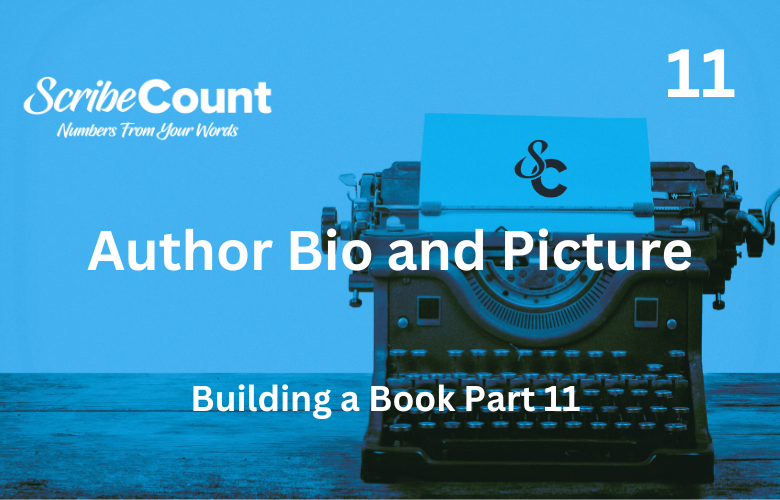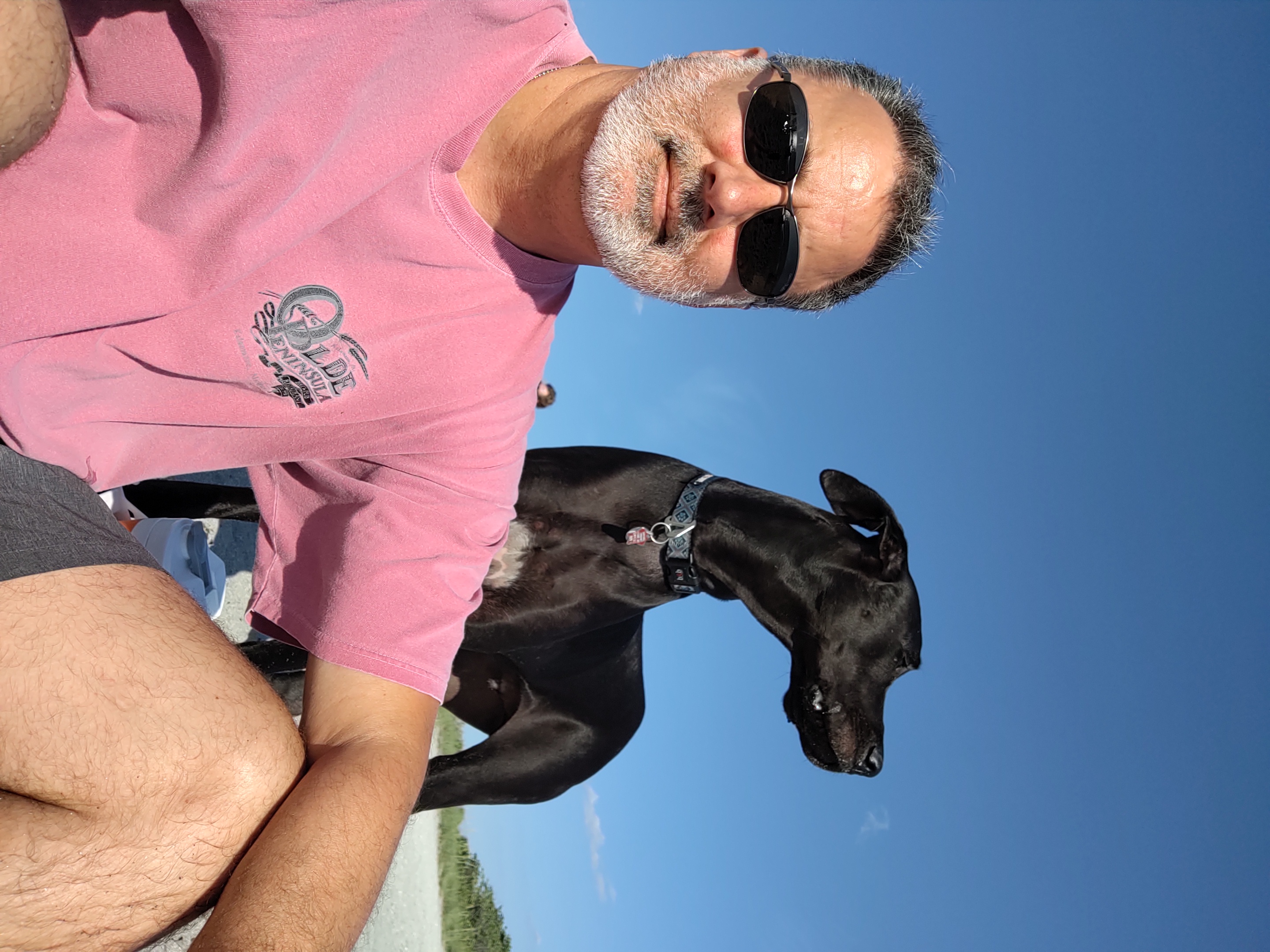The Importance of an Author Bio and Its Placement on the Cover of a Book
An author bio serves as a key marketing tool for writers, establishing credibility, building reader trust, and fostering connections with the audience. It plays a crucial role in shaping an author’s brand, often influencing whether a potential reader chooses to engage with the book. While many consider the bio a mere formality, a well-crafted and strategically placed author bio can significantly impact book sales and reader retention. This article explores the significance of an author bio, its ideal placement across different book formats, the optimal size, the coordination of the bio with the author’s picture, and how it can be leveraged to promote an author’s other works effectively.
The Role of an Author Bio in Book Marketing
An author bio is more than just a summary of a writer’s credentials—it is an introduction to the author’s personality, writing style, and credibility. For new readers, it provides a glimpse into who the author is, creating a personal connection that can be instrumental in building long-term readership. A strong author bio conveys authority in the genre, establishes trust, and, most importantly, entices the reader to explore more of the author’s work.
For fiction writers, the bio often highlights previous publications, literary awards, or personal details that connect with the themes of the book. Non-fiction authors, on the other hand, rely on their bios to establish expertise and qualifications, convincing potential readers that they are a credible source of information on the subject matter.
Author Bio Placement in Different Book Formats
Print Books
In print books, the author bio is commonly found in the following locations:
Back Cover: For paperbacks and some hardcovers, the back cover is a prime location for an author bio. This placement ensures that readers see the bio before purchasing, reinforcing credibility and trust. This is particularly effective for non-fiction works where the author’s expertise is a deciding factor in purchasing decisions.
Inside Flap (Dust Jacket): In hardcover books with dust jackets, the author bio is frequently placed on the inside back flap. This provides a dedicated space for more details about the author, including their background, achievements, and other works.
Last Pages of the Book: Many authors include their bio at the end of the book, often in conjunction with a call-to-action (CTA) to explore more of their work. This is especially effective in fiction, where the reader may be more inclined to seek out other books after finishing the story.
Front Matter: Occasionally, author bios appear in the front matter, especially in academic and professional works, where credibility is essential upfront.
Ebooks
Ebooks present a different set of considerations due to their digital format. The most effective placements for an author bio include:
Back Matter: The end of an ebook is a strategic location for an author bio, often accompanied by links to the author’s website, social media, and other books. This helps retain readers within the author’s ecosystem.
Author Page in Digital Stores: Many ebook retailers, such as Amazon Kindle and Apple Books, provide a dedicated author page where a bio can be displayed alongside the author's book catalog.
Front Matter: While less common, some authors place their bio in the front matter to establish credibility before the reader begins the book.
Audiobooks
In audiobooks, the author bio is usually included in:
Narrated Introduction or Conclusion: The narrator may read a brief bio at the beginning or end of the audiobook, introducing the author to listeners.
Description on Audiobook Platforms: Online retailers such as Audible and Apple Books feature author bios in the book description section, where listeners can learn more about the author before purchasing.
Optimal Size and Formatting of an Author Bio
The length and format of an author bio should be tailored to its placement and purpose. A general guideline is:
Back Cover Bio: 50-100 words, concise and engaging.
Inside Flap Bio: 100-200 words, allowing for more personal details and credentials.
End-of-Book Bio: 150-300 words, including links to other works and social media.
Ebook Bio: 100-200 words with hyperlinks to websites and book pages.
Audiobook Bio: 50-150 words, scripted for natural reading.
The bio should be written in the third person to maintain professionalism and should include a balance of personal insights, credentials, and promotional elements. We cover how to make a quality author bio in another article.
Coordinating the Author Bio with the Author’s Picture
A well-placed author photo adds a personal touch to the bio, helping readers form a connection with the author. Best practices for coordinating the author bio with a photo include:
Back Cover & Inside Flap: A professional headshot beside the bio enhances credibility and relatability.
Ebook & Audiobook Descriptions: A high-quality image should be included on the author’s website and online retailer profiles.
Style Consistency: The photo should reflect the author’s brand (e.g., a casual shot for a romance writer, a professional portrait for a business author).
Leveraging the Author Bio to Increase Sales
A strategically crafted bio can drive sales by reinforcing the author’s authority and guiding readers toward additional works. Key strategies include:
Cross-Promotion: Mentioning other books in the bio encourages readers to explore more of the author’s catalog.
Call-to-Action (CTA): Ending with a direct invitation to visit the author’s website or join a mailing list enhances reader engagement.
Highlighting Awards & Recognition: Featuring accolades or bestseller status adds credibility and increases appeal.
Personal Touch: Including a fun fact or relatable detail helps forge a stronger reader connection.
Social Media & Website Links: Directing readers to additional platforms creates opportunities for long-term engagement.
Conclusion
An author bio is a critical marketing asset that goes beyond simple introductions. Its placement on the book cover, in ebooks, and audiobooks should be intentional to maximize visibility and effectiveness. By optimizing the bio’s length, coordinating it with an author photo, and using it as a promotional tool, authors can significantly enhance their brand and boost book sales. A compelling bio does more than inform—it engages, persuades, and converts casual readers into lifelong fans.

